This article tries to shed some light on the reader on an important element for the choice of its solar panels: their performance.
For any proposal for enrichment or correction, write to
What is the efficiency of a photovoltaic cell?
This is the ratio between the amount of electrical energy obtained by converting the light energy and the amount of solar energy received by a cell.

What is the yield of the cells available on the market?
 When I first searched for panels, I read that the yield of this monocrystalline silicon cell was 15%, another 20% and some 22% (in 2017). Today in 2019, the best reaches 25%. Unfortunately, this feature is often absent from the panel specifications.
When I first searched for panels, I read that the yield of this monocrystalline silicon cell was 15%, another 20% and some 22% (in 2017). Today in 2019, the best reaches 25%. Unfortunately, this feature is often absent from the panel specifications.
Questioned by phone, a manufacturer had replied to me: “my company, like many others, is sourcing from a fluctuating international market, we buy lots of good quality but without performance specification. By the way, every delivery, the country of manufacture is different! In this context, how to indicate a reliable data? ”
What’s the difference for the solar cyclist?
With an equal Panel surface, a solar cyclist with high-efficiency cells (25%) will have 66% more energy than a cyclist with low-yielding cells (15%). The first one will be able to drive faster or longer, farther… or make less effort, according to his choice!
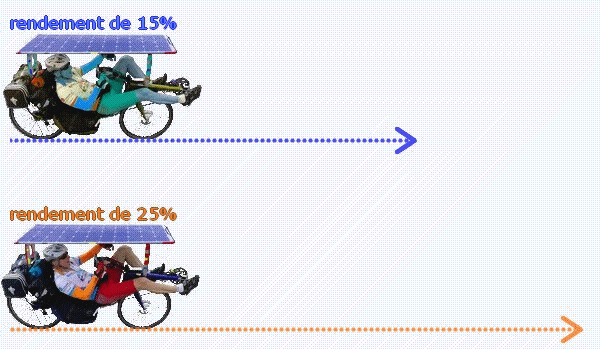 This animation illustrates the impact for the solar cyclist of these differences in performance, it does not have the ambition to have a scientific rigor…
This animation illustrates the impact for the solar cyclist of these differences in performance, it does not have the ambition to have a scientific rigor…
Of course, the solar cyclist can compensate for low performance by increasing the surface of panels. But he knows that this will increase the dimensions of his vehicle, make it heavier, less easy to maneuver…
Yields according to different technologies
With monocrystalline silicon cells, in 2019, the yield reached 25% with the “back contact” technology, in the best panels. With polycrystalline silicon, researchers have succeeded in aachieving a record yield of 22,3%, but this technology is not marketed today (learn more…).
Performance above 30%?
In 2016, German researchers achieved a record performance of 33.3% with a cell called “multi-junction” (learn more…). But beware, you will not find it on the Internet, this technology is dedicated to space applications!
And in the United States, in Colorado, yields of 40.8% are displayed! It makes you dream…. but when will these technologies be available to the general public?
How to choose?
 The solar cyclist is therefore tempted to acquire the cells with “high efficiency”. And why not the best of the moment?
The solar cyclist is therefore tempted to acquire the cells with “high efficiency”. And why not the best of the moment?
Then the question of the budget arises! As you will have guessed, the higher the performance, the higher the cost. Unless you have a very generous budget or partners, the solar bike Designer will have to make choices, and most often, compromises!
Each one must first identify its needs, define its priorities in order to determine the optimal solution for its project. He will be able to equip himself with full knowledge of the cause.
Visits: 179
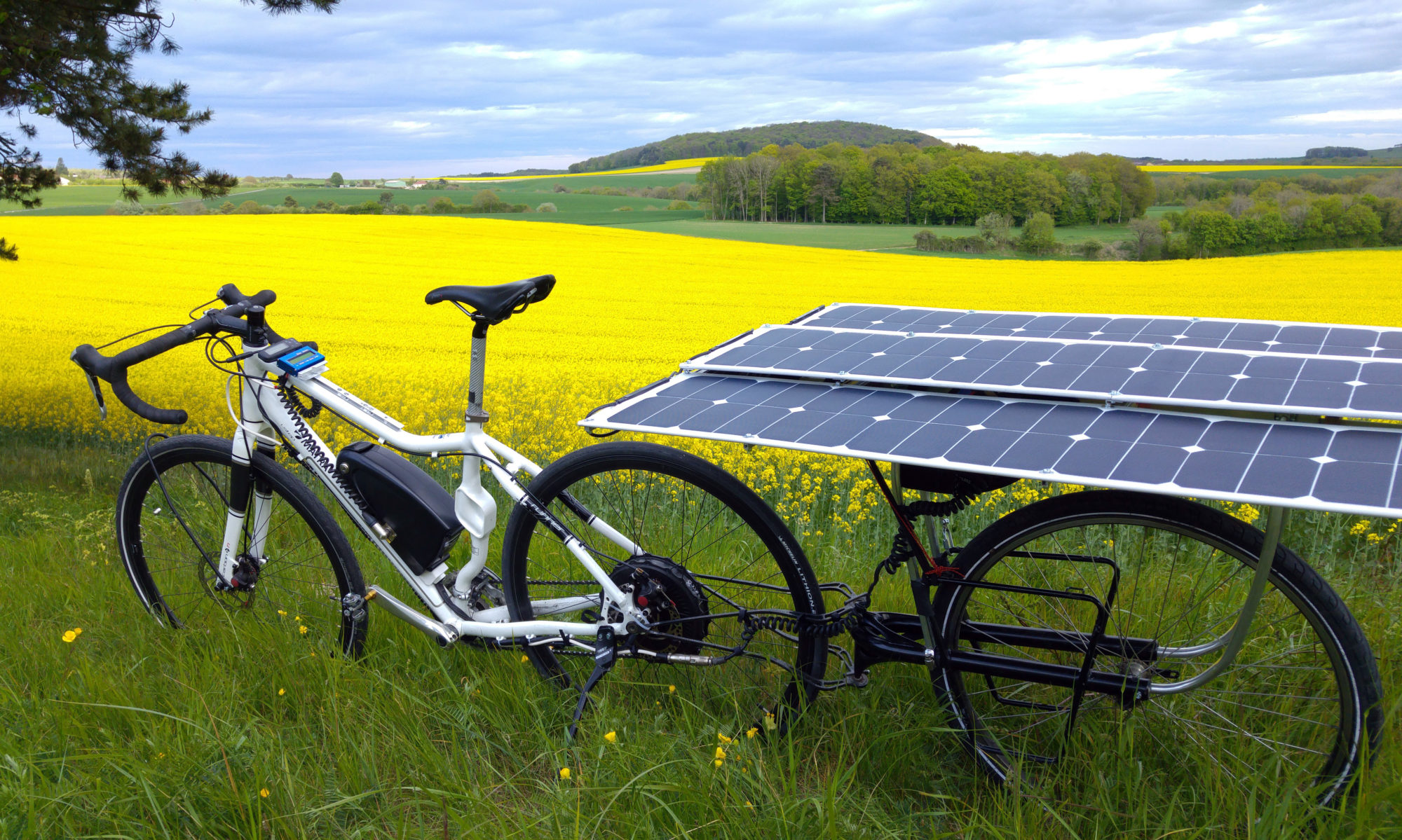

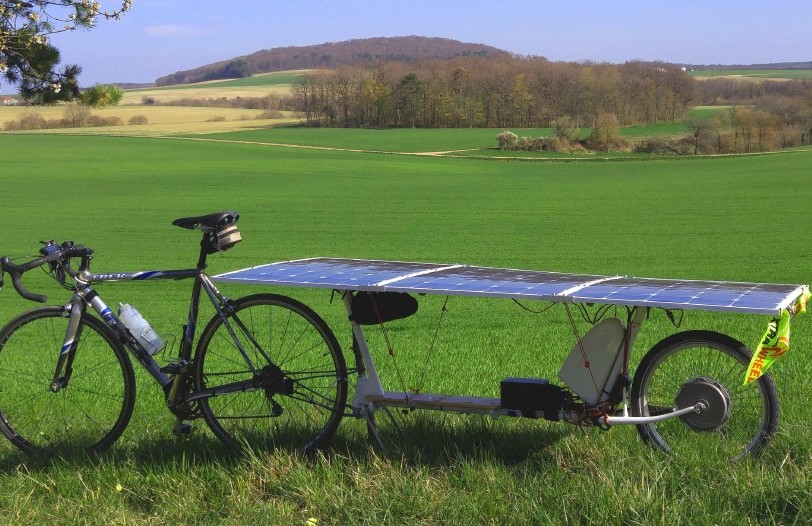
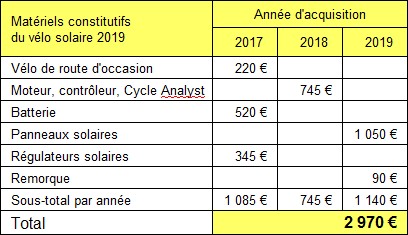
 After several days of rain, the Sun came back! It is slightly veed but no matter: I was too eager to test the solar panels received three days earlier! I compared them to the panels bought in 2017 and 2018. Although this test has no scientific value, the observations have seemed interesting enough to be published.
After several days of rain, the Sun came back! It is slightly veed but no matter: I was too eager to test the solar panels received three days earlier! I compared them to the panels bought in 2017 and 2018. Although this test has no scientific value, the observations have seemed interesting enough to be published.

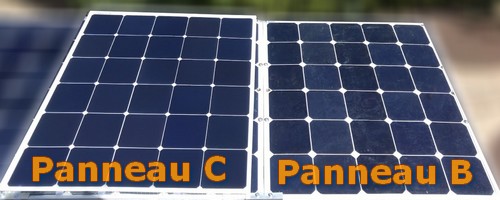

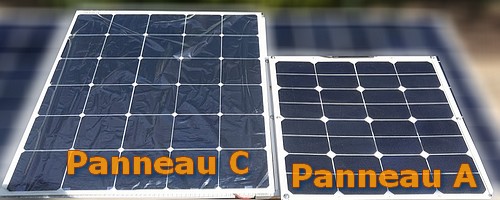


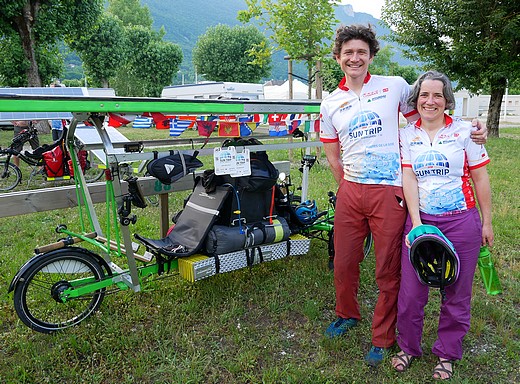

 When I first searched for panels, I read that the yield of this monocrystalline silicon cell was 15%, another 20% and some 22% (in 2017). Today in 2019, the best reaches 25%. Unfortunately, this feature is often absent from the panel specifications.
When I first searched for panels, I read that the yield of this monocrystalline silicon cell was 15%, another 20% and some 22% (in 2017). Today in 2019, the best reaches 25%. Unfortunately, this feature is often absent from the panel specifications.
 The solar cyclist is therefore tempted to acquire the cells with “high efficiency”. And why not the best of the moment?
The solar cyclist is therefore tempted to acquire the cells with “high efficiency”. And why not the best of the moment?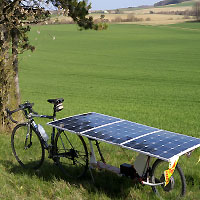 Photovoltaic panels are the key element of the solar bike: they convert the energy of the sun into electric energy that can be used directly by the engine and/or for charging the battery. When we start the adventure of building his solar bike, we are a little lost in front of the diversity of offers.
Photovoltaic panels are the key element of the solar bike: they convert the energy of the sun into electric energy that can be used directly by the engine and/or for charging the battery. When we start the adventure of building his solar bike, we are a little lost in front of the diversity of offers.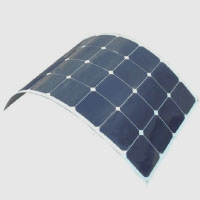 Flexible panels: this is the type of panel most frequently used for solar bikes. The reasons are their lightness (from 3 to 5 kg for 200W) and the good energy efficiency of the monocrystalline silicon cells that compose them (ratio between recovered electrical energy/solar energy received). More often than not, a supporting structure of the panels is added that rigidifies and protects them. In fact, every shock on a cell decreases its performance locally. With multiplied shocks, the total power of the panel decreases significantly and permanently. That is the weak point of flexibility.
Flexible panels: this is the type of panel most frequently used for solar bikes. The reasons are their lightness (from 3 to 5 kg for 200W) and the good energy efficiency of the monocrystalline silicon cells that compose them (ratio between recovered electrical energy/solar energy received). More often than not, a supporting structure of the panels is added that rigidifies and protects them. In fact, every shock on a cell decreases its performance locally. With multiplied shocks, the total power of the panel decreases significantly and permanently. That is the weak point of flexibility.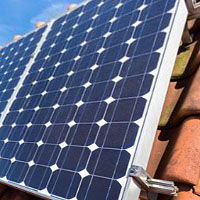 Rigid panels: t
Rigid panels: t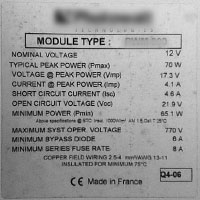 The electrical characteristics are mentioned by the manufacturers. The main features are the operating voltage (VMP in volts) and the maximum current in the event of maximum sunlight (IMP in AMPS). Depending on the Assembly of the cells, in series and/or parallel, panels of the same power may have different operating voltages and maximum currents.
The electrical characteristics are mentioned by the manufacturers. The main features are the operating voltage (VMP in volts) and the maximum current in the event of maximum sunlight (IMP in AMPS). Depending on the Assembly of the cells, in series and/or parallel, panels of the same power may have different operating voltages and maximum currents.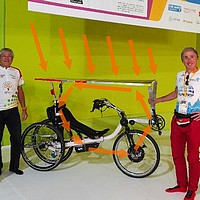 The designer of a solar bike is therefore faced with an equation with many parameters influencing each other:
The designer of a solar bike is therefore faced with an equation with many parameters influencing each other: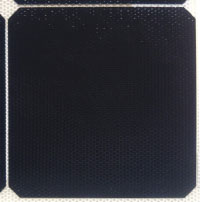 Monocrystalline silicon cells
Monocrystalline silicon cells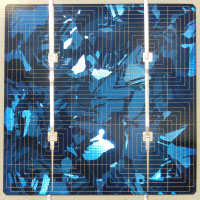 Polycrystalline silicon cells
Polycrystalline silicon cells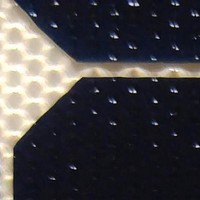 “class A” cells: they are of very good quality, without visible defect and their electrical characteristics correspond exactly to the specifications defined by the manufacturer. The solar panels built with this cell class are therefore the most expensive.
“class A” cells: they are of very good quality, without visible defect and their electrical characteristics correspond exactly to the specifications defined by the manufacturer. The solar panels built with this cell class are therefore the most expensive. “class B” cells: they are of good quality and have little visible defects. Their yield is close to or slightly lower than the “class A” cells.
“class B” cells: they are of good quality and have little visible defects. Their yield is close to or slightly lower than the “class A” cells. “class C” cells: they show visible defects that affect their performance (e.g. chipped, cracked cells…). Their performance is obviously less good, these cells are used to realize the economic signs.
“class C” cells: they show visible defects that affect their performance (e.g. chipped, cracked cells…). Their performance is obviously less good, these cells are used to realize the economic signs.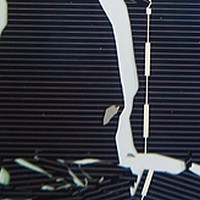 “class D” cells: they present breaks or are incomplete. They can be resized to produce in smaller sizes, but most often their material is recycled to make new ones.
“class D” cells: they present breaks or are incomplete. They can be resized to produce in smaller sizes, but most often their material is recycled to make new ones.